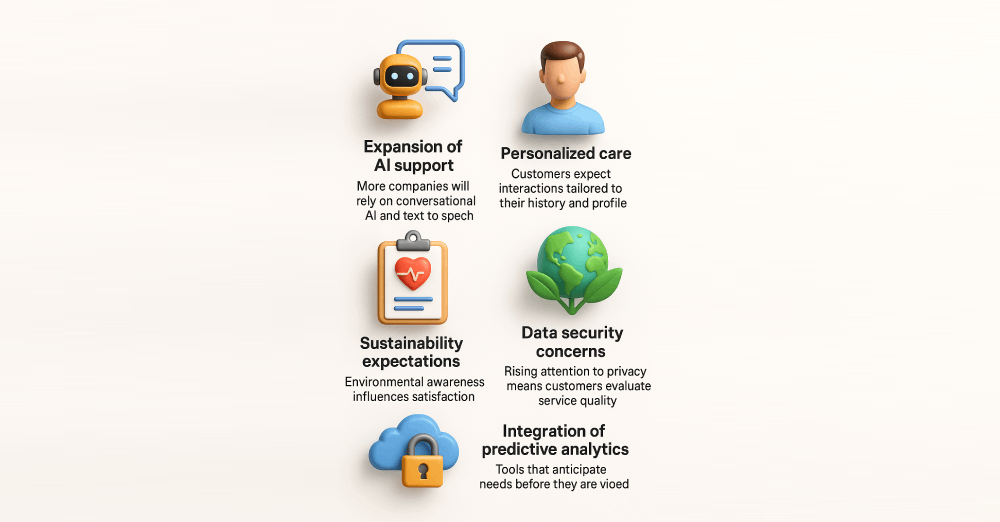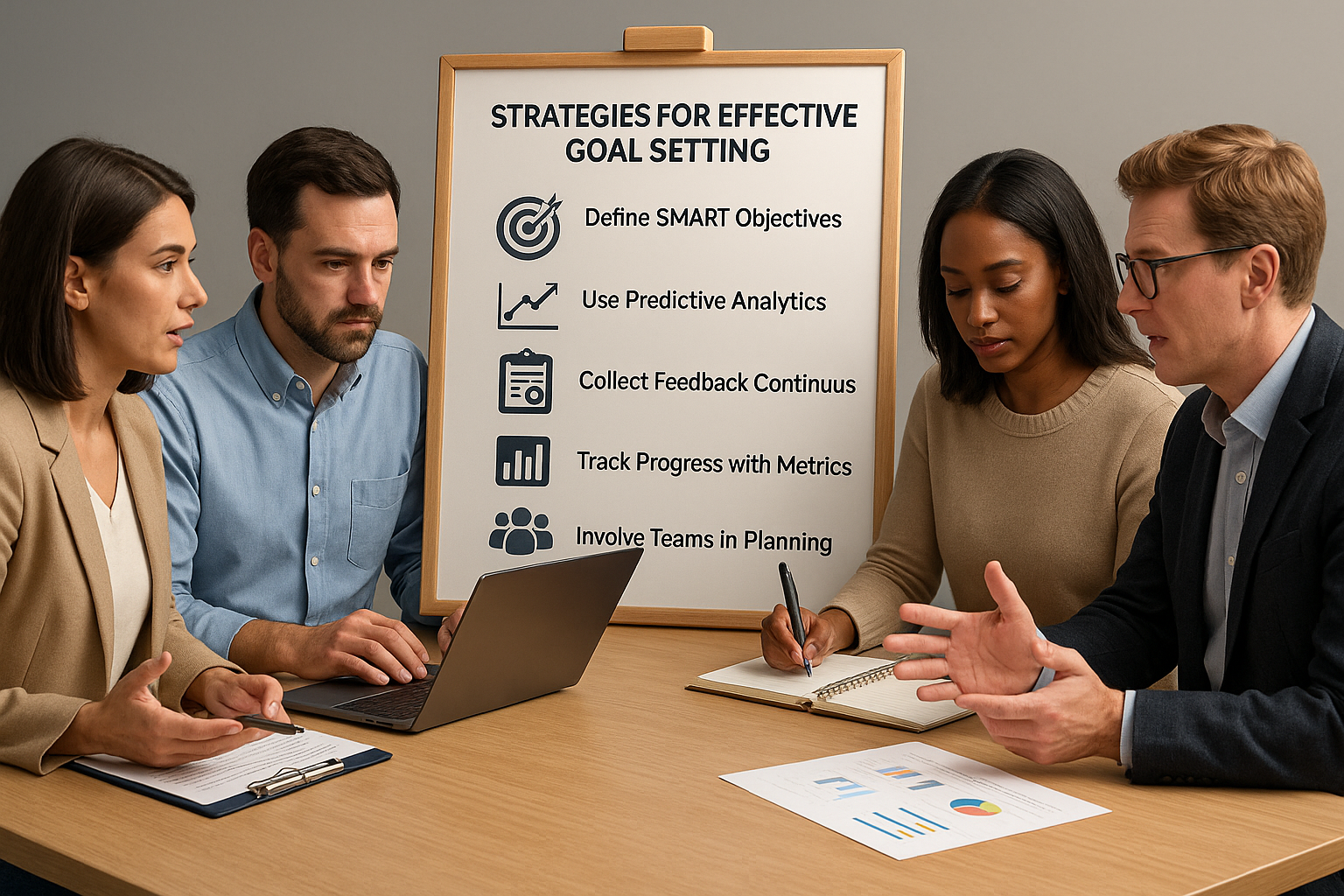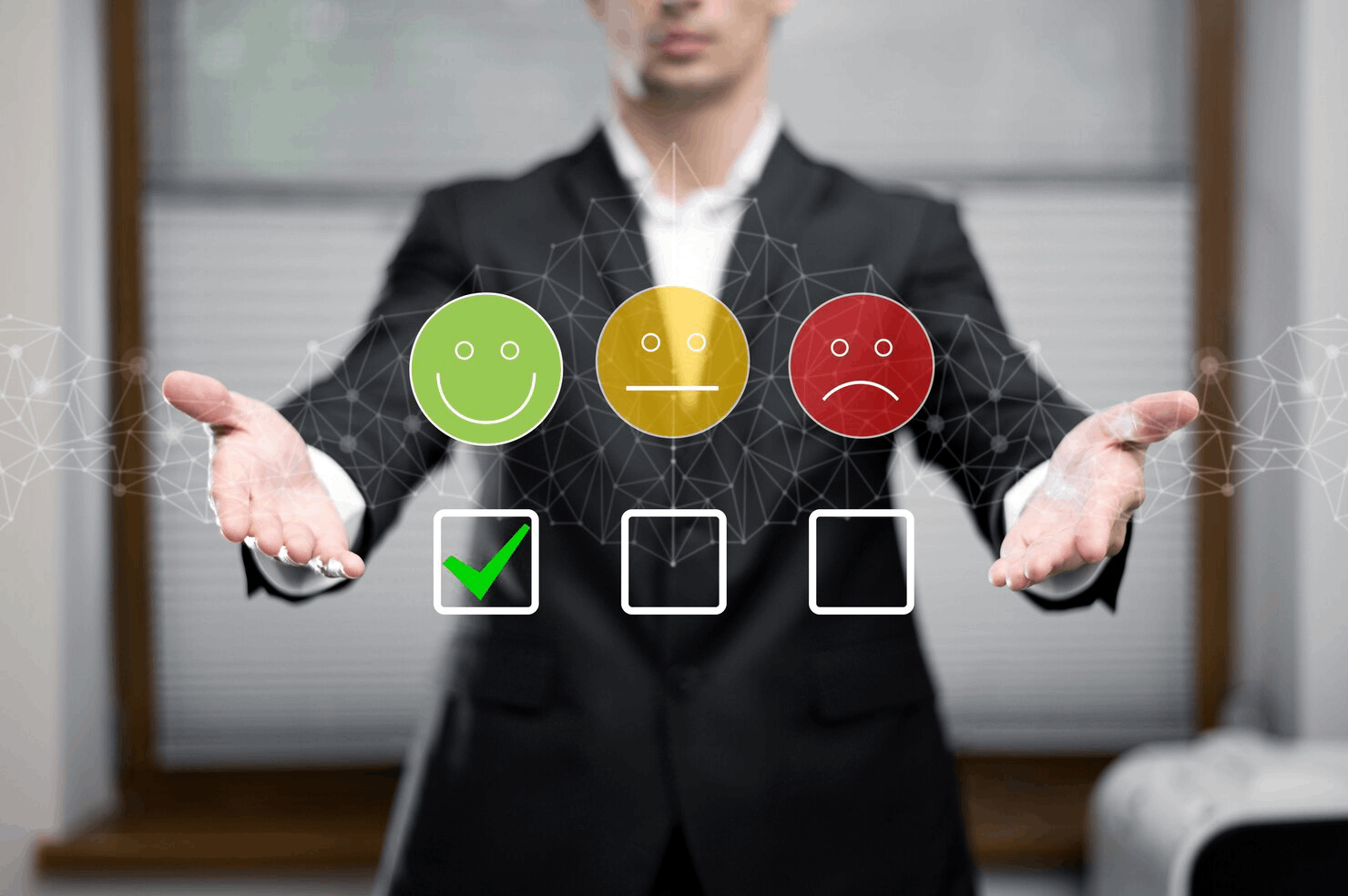Customer satisfaction goals show how companies measure and improve client experience. In 2025 the task is harder because expectations shift fast. Clear objectives help managers track results and adapt. Research shows that structured strategies raise loyalty and cut churn.
Customer trust is fragile. A single negative experience can lead to lost clients. Well designed goals are the foundation for consistent service. Even advanced platforms such as the Graphlogic Generative AI & Conversational Platform cannot bring full results if targets are vague.

Mistake 1: Vague goals
A common mistake is creating goals that sound positive but are unclear. Phrases like “improve service quality” lack focus. They give no answer to what, how, and when. Teams cannot measure progress and frustration grows.
The SMART model helps prevent this. SMART means specific, measurable, achievable, relevant, and time bound. For example “raise customer satisfaction score by 10% in three months with a new feedback system” is a precise objective. Metrics such as Net Promoter Score are widely used in many industries and recommended by the Agency for Healthcare Research and Quality.
When leaders adopt SMART criteria they provide teams with clear direction. Managers also gain a reliable basis for evaluating results. Without this, resources are wasted on scattered efforts that deliver little value.
Mistake 2: Ignoring feedback
Feedback is the most direct signal of customer experience. Ignoring it is a frequent cause of poor outcomes. A hospital that overlooks complaints about waiting times cannot improve quality of care. A retailer that dismisses social media criticism about delivery speed will lose repeat buyers.
Research from the National Institutes of Health shows that feedback driven strategies improve satisfaction and safety in healthcare settings. The same principle applies in banking, retail, and telecommunications. Feedback identifies gaps that internal reports may miss.
AI platforms help analyze feedback at scale. Automated sentiment analysis detects recurring themes in thousands of comments. Firms that apply these insights adapt faster than competitors. Companies that ignore feedback usually face reputational harm.

Mistake 3: Unrealistic targets
Another pitfall is setting targets without considering actual capacity. An aim such as raising CSAT by 50% in one month is impossible. Unrealistic goals destroy motivation. Teams feel they are working toward failure from the start.
Sustainable improvements are usually smaller and gradual. Studies by McKinsey & Company show that 5–15% increases per quarter are typical across industries. Before setting a target, managers should review current scores, resource levels, and market dynamics. Involving frontline staff ensures realistic assessments.
Practical examples show the value of realism. A retail company that set a 20% complaint reduction over six months achieved the target. Another that aimed for zero complaints in two weeks failed completely. Realism protects morale and ensures efficient allocation of resources.
Mistake 4: Vanity metrics
Vanity metrics are numbers that look impressive but do not measure satisfaction. Examples include total calls answered or number of website visits. They provide volume but not value.
Meaningful metrics connect directly to the customer experience. Resolution times, repeat purchase rates, and CSAT show real progress. A retailer tracking only foot traffic misses key signals about loyalty. A bank that monitors only call volume cannot see if customers leave frustrated.
The solution is to select metrics that tie directly to outcomes. For example, the first contact resolution rate is more useful than total calls. A completed satisfaction survey gives more insight than the number of surveys sent. Focusing on relevant indicators helps companies make real improvements.

Mistake 5: Ignoring external factors
Customer satisfaction does not exist in a vacuum. Economic shifts, regulatory changes, and new technology shape expectations. If companies ignore these factors they set goals that are unachievable or irrelevant.
During a downturn customers may care more about price than about premium service. In times of rapid technological adoption people may expect digital solutions as the default. Regular reviews of goals are necessary. Monitoring benchmarks across industries also helps companies stay competitive as recommended by the World Health Organization.
AI driven analytics can detect early signals of external changes. This allows firms to adjust objectives before problems escalate. For instance a surge in online shopping may require investment in faster digital support.
Trends and forecasts for 2025
Several global trends will shape customer satisfaction management this year and beyond.
- Expansion of AI support. More companies will rely on conversational AI and text to speech systems to deliver real time service. Platforms such as the Graphlogic Text to Speech API are now core components of scalable service design.
- Personalized care in health and retail. Customers expect interactions tailored to their history and profile. Research in consumer psychology shows that personalized recommendations increase loyalty by more than 20% according to the Journal of Consumer Research.
- Sustainability driven expectations. Environmental awareness influences satisfaction. Companies that align with green practices report stronger engagement, especially among younger clients according to the World Economic Forum.
- Data security concerns. Rising attention to privacy means customers evaluate service quality by how well firms protect data. A positive experience can be ruined if a breach occurs.
- Integration of predictive analytics. Tools that anticipate needs before they are voiced will become a new standard. Airlines, banks, and e-commerce firms already test predictive models that adapt offers and service routes in real time.

Strategies for effective goal setting
Practical approaches ensure that goals bring measurable improvements rather than vague intentions. The most successful companies treat goal setting as a structured process that involves data, people, and technology.
- Define SMART objectives that are both ambitious and realistic. Ambition pushes teams forward, but realism ensures progress is sustainable. A target such as “raise CSAT by 12% in six months” is specific, measurable, and feasible if backed by training and technology upgrades. Vague targets like “make customers happier” often fail because they cannot be measured or tracked.
- Use predictive analytics to anticipate trends and adapt early. Predictive models can highlight shifts in customer behavior before they become critical. For example, analyzing search queries and support tickets together can reveal growing frustration with a new product feature. Anticipating such issues allows teams to fix them before they harm loyalty.
- Collect feedback continuously through surveys, social media, and direct complaints. Annual surveys are not enough in fast changing markets. Real time feedback loops give a live picture of customer expectations. Companies that monitor social media sentiment daily can respond to spikes in dissatisfaction within hours rather than weeks.
- Track progress with metrics such as CSAT, NPS, and resolution time. Each metric tells a different story. CSAT reflects immediate satisfaction. NPS shows long term loyalty. Resolution time signals operational efficiency. Looking at them together gives a full view of performance. For example, a high CSAT but falling NPS may mean customers are happy in the short term but see better long term value elsewhere.
- Involve teams from service, marketing, and product in planning. Satisfaction is not only the job of support staff. Marketing shapes expectations, and product design affects usability. A cross functional approach ensures goals reflect the full customer journey. When service agents share customer pain points with product teams, design changes can address problems at the source.
These methods align business strategy with real customer needs. They also create accountability, since every department contributes to the customer experience.

Measuring and tracking effectiveness
Measuring results is the foundation of improvement. Without reliable measurement, even well designed goals lose meaning. The key is to select metrics that connect directly to outcomes that matter for both customers and the business.
- Customer Satisfaction Score (CSAT). This measures immediate satisfaction, often through a quick one question survey after an interaction. It shows how well a team handles specific tasks such as resolving a support ticket. A rising CSAT is usually a sign of improving service consistency.
- Net Promoter Score (NPS). NPS evaluates long term loyalty by asking customers how likely they are to recommend the company to others. Unlike CSAT, it captures broader perceptions and brand strength. A company may achieve high CSAT in day to day service but still lose market share if NPS declines.
- Customer Effort Score (CES). CES measures how easy it is for customers to complete a task such as returning a product or updating account details. Research shows that lower effort strongly predicts repeat purchases.
- Resolution time. Speed of response matters. Long wait times create frustration even if the final answer is correct. Tracking average resolution time highlights efficiency and signals whether teams need more resources or better processes.
- Using AI dashboards for real time monitoring. Modern platforms can combine these indicators into live dashboards. Managers see trends unfold instead of waiting for monthly or quarterly reports. For example, if NPS drops suddenly after a product update, alerts can trigger immediate investigation. This allows corrective action before customer loss accelerates.
- Continuous adjustment. Tracking must not end at reporting. Firms that integrate measurement into weekly reviews adapt faster than those relying on quarterly summaries. Continuous adjustment builds resilience and ensures satisfaction goals remain relevant.

Conclusion
Customer satisfaction in 2025 depends on goals that are clear, realistic, and flexible enough to evolve with the market. The five recurring mistakes are vague aims, ignored feedback, unrealistic targets, vanity metrics, and the neglect of external factors. Avoiding these pitfalls allows firms to use technology and data in ways that bring real value rather than surface results.
The integration of AI, predictive analytics, and natural interaction tools such as Graphlogic solutions creates new opportunities for growth. When supported by platforms like the Graphlogic Text to Speech API, companies can automate routine tasks while still offering human-like and personalized support. This balance of automation and empathy strengthens customer loyalty.
The most effective organizations combine hard data with human judgment. They view satisfaction not as a static score but as a continuous process of learning and adapting. Managers should start by reviewing current goals with three simple questions. Are they specific and measurable? Do they account for market changes? Is customer feedback fully integrated into the process?
Clear answers to these questions guide the next round of improvements. With consistent review and smart use of AI tools, 2025 can become the year when customer trust is not only protected but expanded into long term loyalty and sustainable growth.
FAQ
Studies across industries show that 5–15% quarterly increases are realistic. Higher goals are usually unsustainable.
Feedback reveals pain points that internal data may miss. Ignoring it leads to blind spots and customer loss.
They can provide context but should not guide strategy. Focus on metrics directly linked to satisfaction outcomes.
Best practice is quarterly. This ensures goals reflect market shifts and changing customer expectations.
Key features include predictive analytics, sentiment analysis, and text to speech systems that allow natural interaction.

